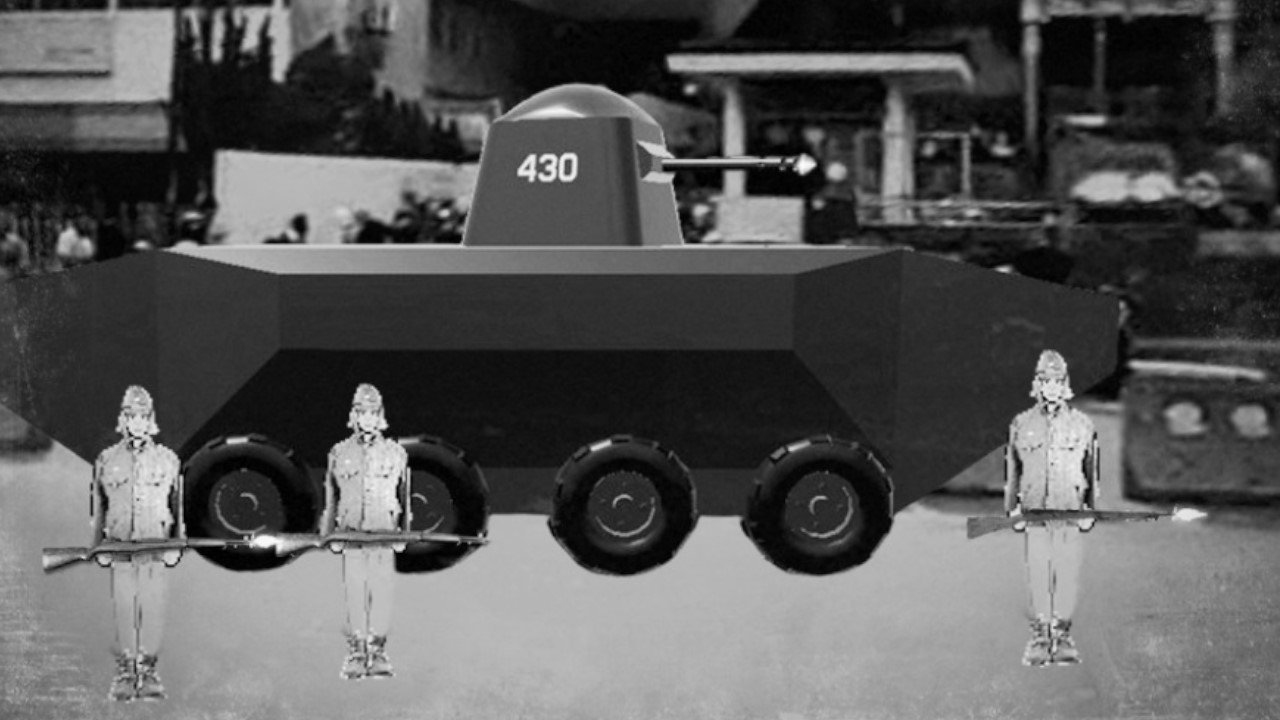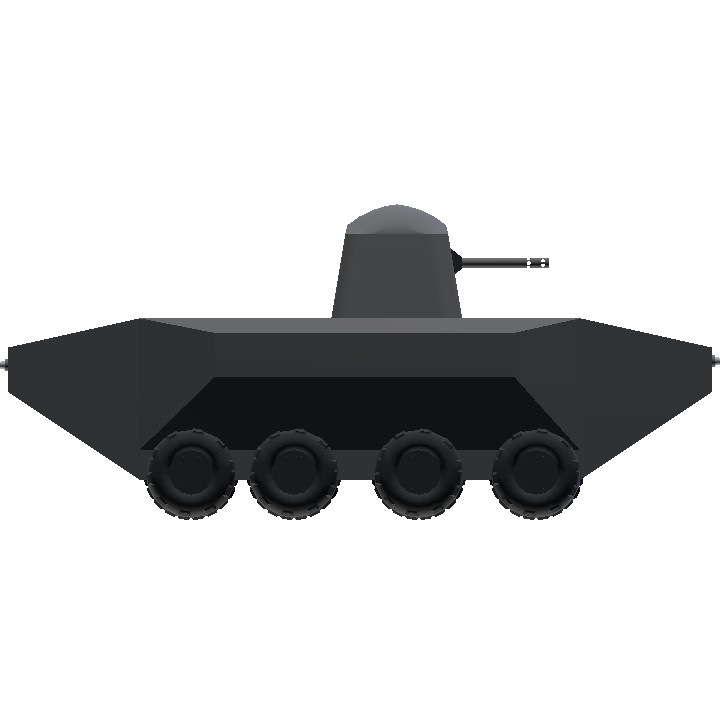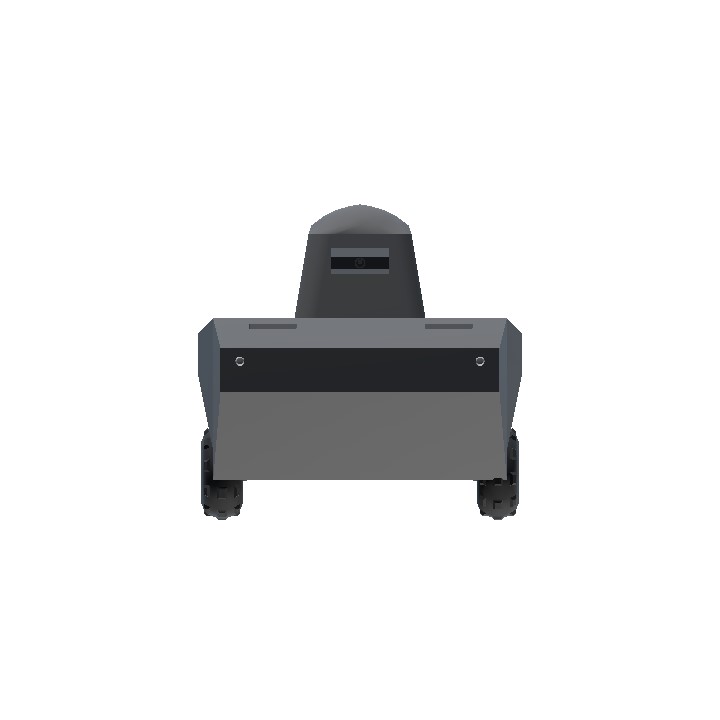The Joegalan Tipe 15 is an Indonesian infantry fighting vehicle, designed and built by Industri Berat Joegalan. The vehicle entered service with the Indonesian Army on 1948, and saw combat actions on Invasion of Ambon and Indonesia-Malaysia Confrontation.
Design and development
In 1946, the Indonesian government needed a new, infantry fighting vehicle for the Indonesian Army. The vehicle was designed, and then the design was approved. Construction of the first prototype has begun, and at February 1947, the vehicle was completed.
The first prototype of Joegalan Tipe 15 was rolled out and was tested, and the vehicle was a success - eventually completing the testing and evaluation by the end of 1947. After one year, the infantry fighting vehicle officially entered service with the Indonesian Army on March 1948.
Operational History
The first Indonesian infantry fighting vehicle entered service with the Indonesian Army on March 1948, as Joegalan Tipe 15 infantry fighting vehicles started replacing the obsolete WWII-era equipments.

Indonesian pemuda (youths) and Joegalan Tipe 15 during the Invasion of Ambon.
At 29th September of 1950, about 8 Joegalan Tipe 15 infantry fighting vehicles participated in the invasion of Ambon to support the Indonesian troops. The deployment would become a success for the Indonesian government.
The same vehicle, deployed following the Indonesia-Malaysia confrontation. 17 Joegalan Tipe 15 infantry fighting vehicles were deployed. However, when the Commonwealth has declared victory, the deployed infantry fighting vehicles retreated.
The vehicle would serve with the Indonesian Army to present day.
Specifications
General Characteristics
- Created On Android
- Wingspan 9.0ft (2.8m)
- Length 20.1ft (6.1m)
- Height 8.7ft (2.7m)
- Empty Weight 3,148lbs (1,428kg)
- Loaded Weight 3,281lbs (1,488kg)
Performance
- Wing Loading 2,438.7lbs/ft2 (11,906.9kg/m2)
- Wing Area 1.3ft2 (0.1m2)
- Drag Points 3832
Parts
- Number of Parts 34
- Control Surfaces 0
- Performance Cost 282





